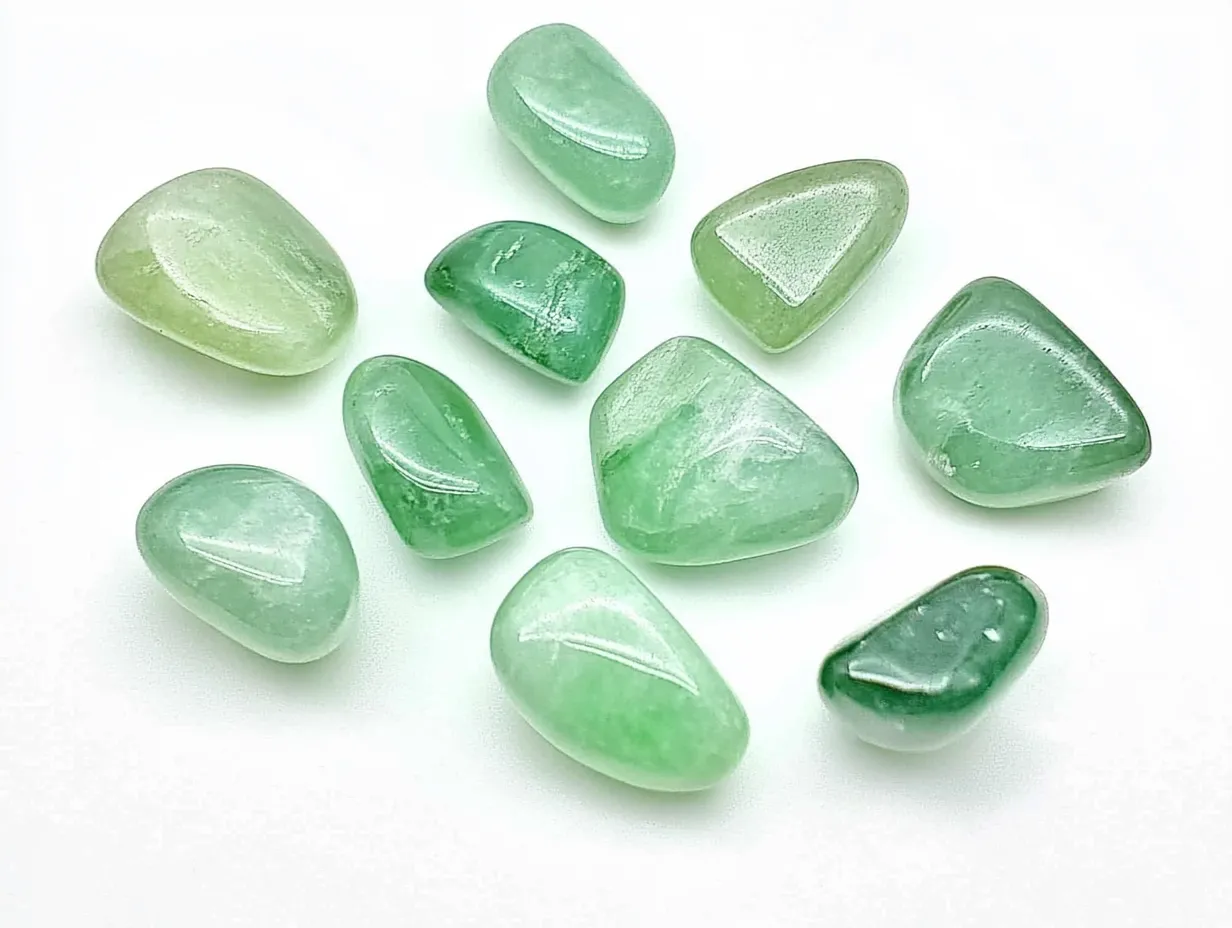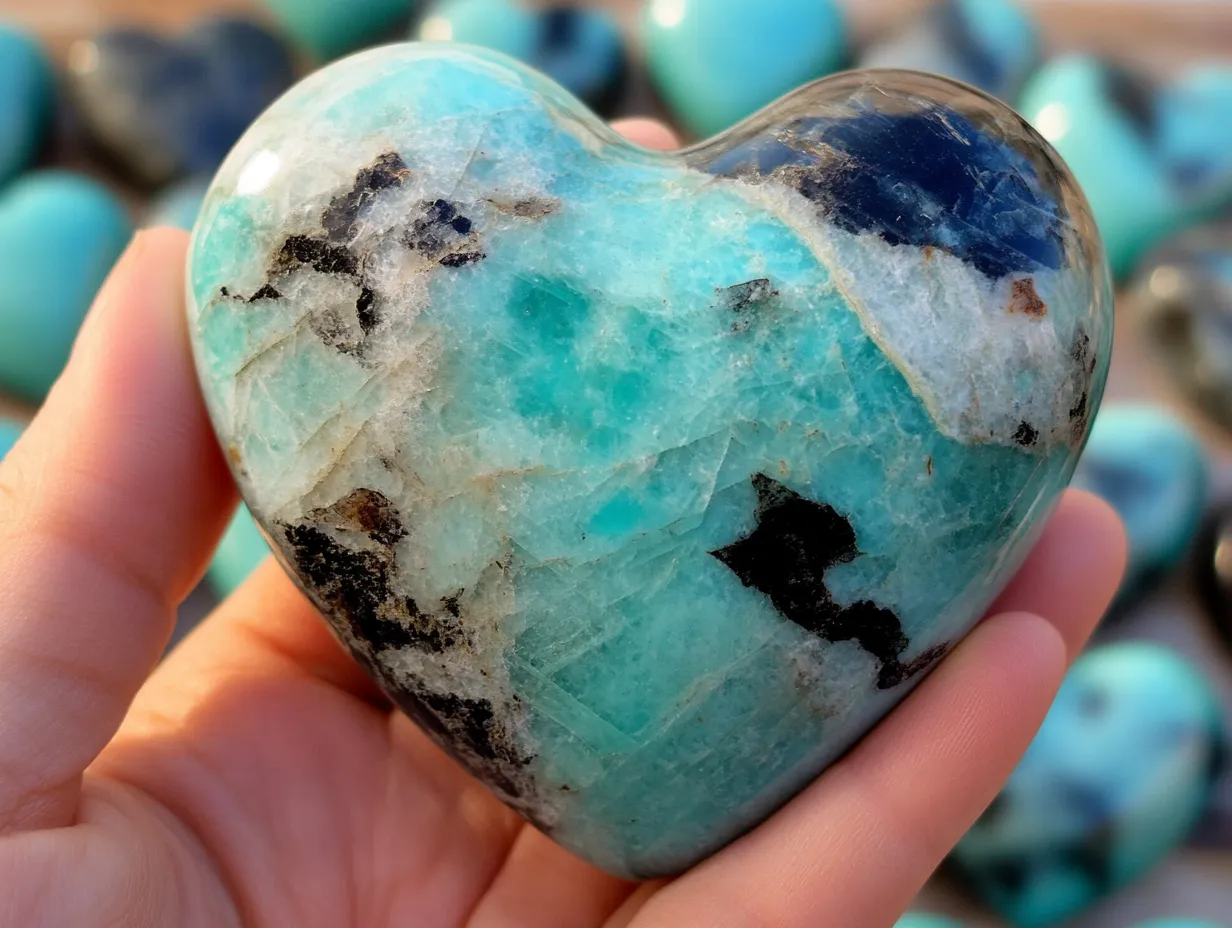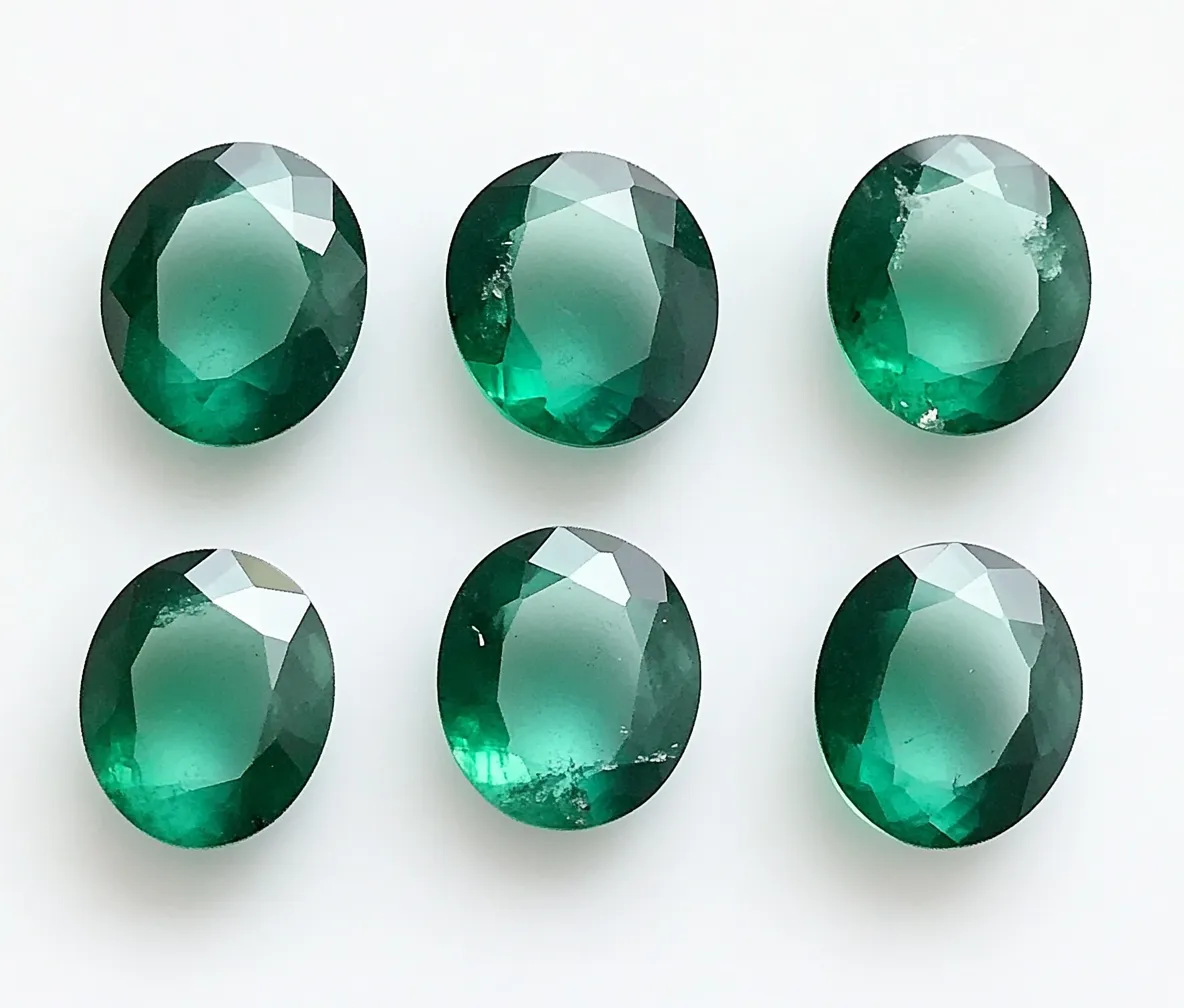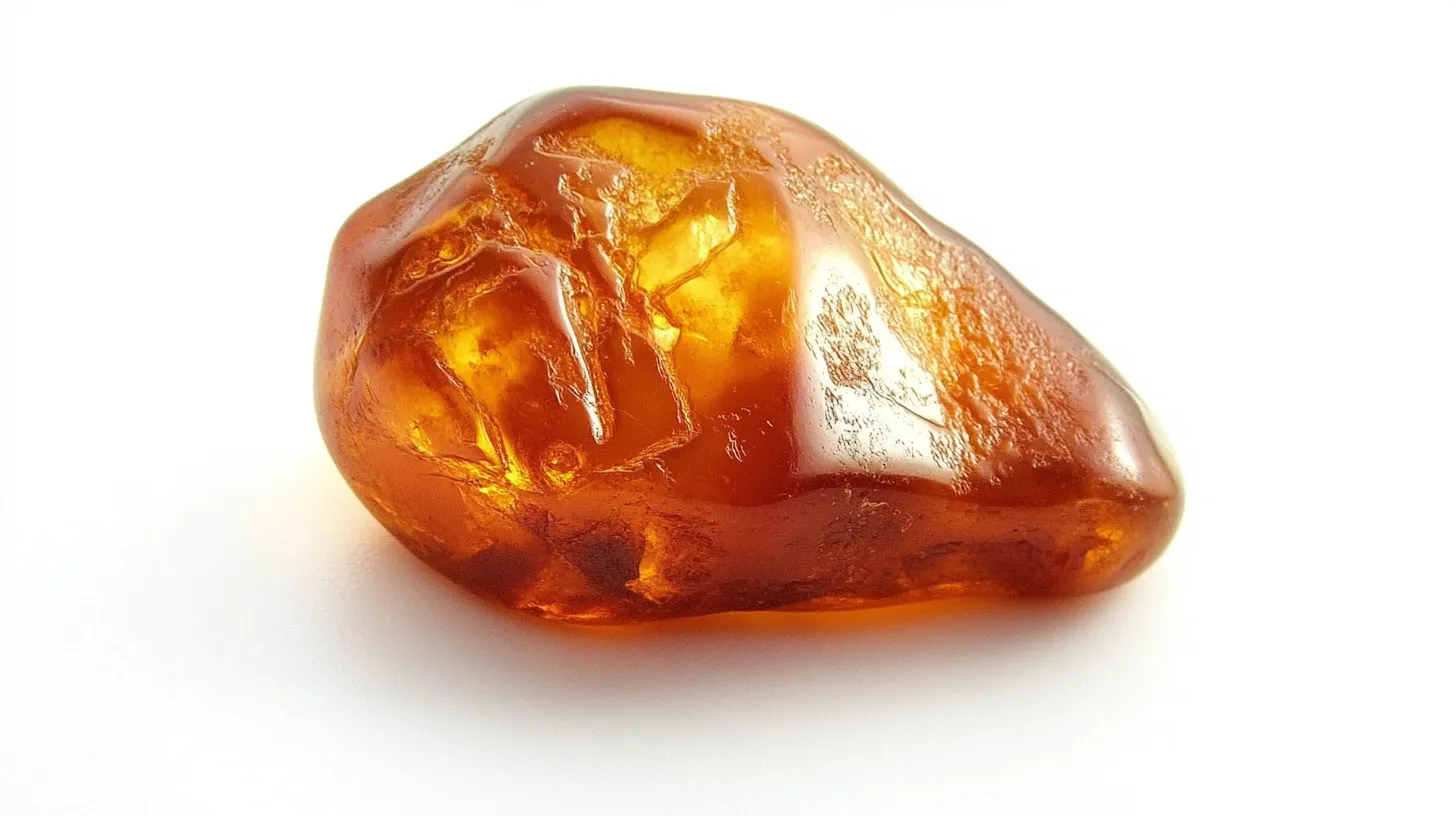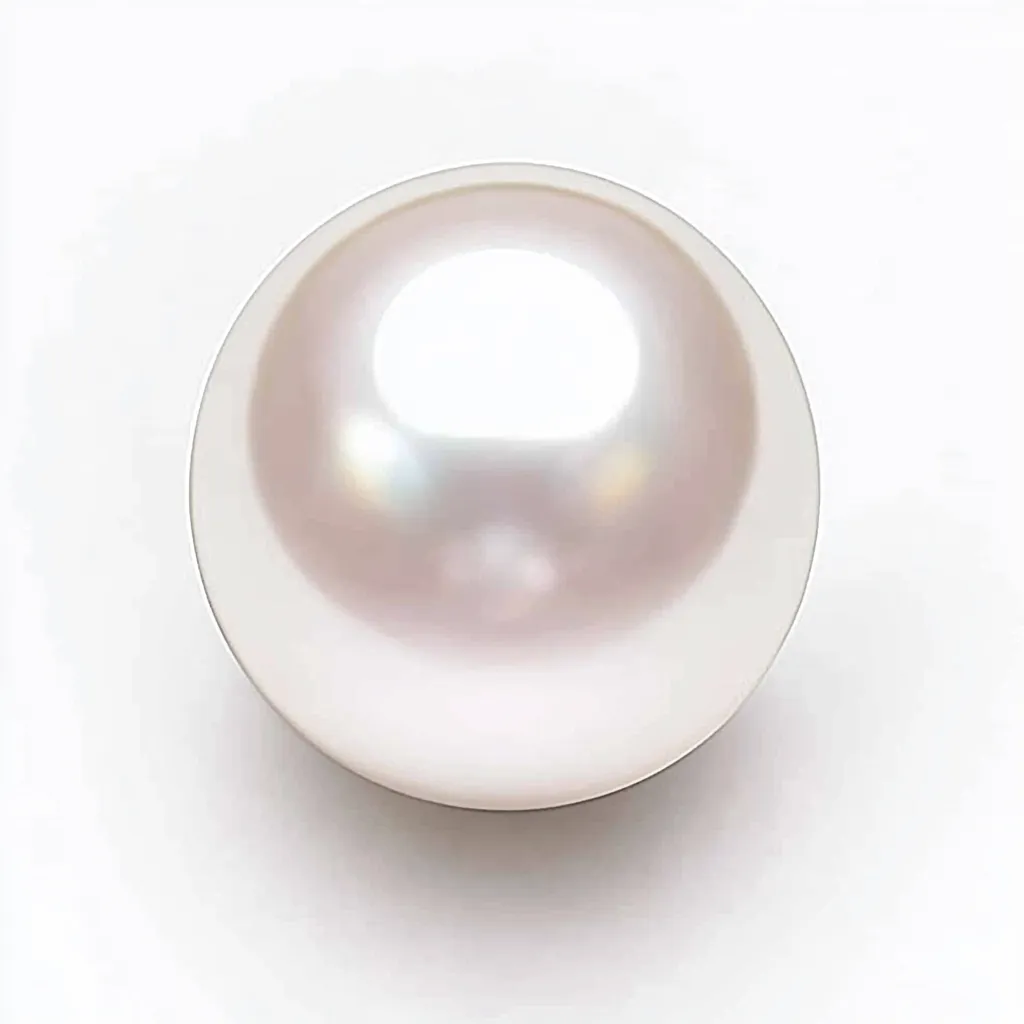Apatite Stone
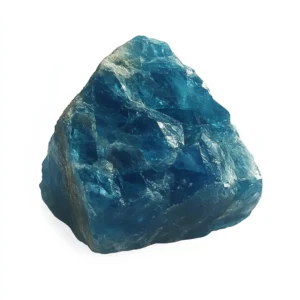

Apatite Stone Meanings and Introduction
Have you ever held a gemstone that seems to murmur clarity and to simultaneously spark creativity? That could be Apatite, which often glimmers in neon blues or soft greens. But Apatite is more than just a pretty stone; it’s a symbol of personal growth, of inspiration, and of insight.
The gemstone known as Apatite derives its name from apate, the Greek word meaning “to deceive.” Why Apatite is considered a “deceiver” is that it often looks like other gemstones, such as peridot or tourmaline, and so earns the nickname in mineral collector’s circles of being “the great impostor.” Yet, despite its disguises, Apatite has carved out a unique niche for itself in spiritual healing and among gemstone collectors.
Whether you are attracted to crystals because of their energy or their looks, Apatite’s intense energy and multifaceted character make it one of the best stones for those just starting out on their crystal journey as well as for those who have long been enthusiasts.
History of the Apatite Stone
Apatite’s journey through history is a silent, yet important, one. Although it was not broadly acknowledged in ancient civilizations like quartz or jade, its existence in phosphate-rich rocks has been key for scientists—especially in the study of fossils and even the surface of the moon. Yes, you read that correctly! Moon rocks returned to Earth by NASA contained traces of Apatite!
Recently, however, Apatite gained traction in metaphysical circles as crystal healing rose late in the 20th century. It found a quick home among people seeking clarity in thought and truth in communication. Its use has become widespread among artists, writers, and teachers—even more so since it was labeled by some as “the crystal for the mind.”
Rare Apatite specimens from Madagascar, Brazil, and Mexico are also on the radar of collectors, particularly those displaying cat’s eye or neon blue colors.
Table: Historical and Cultural Highlights of Apatite
| Aspect | Details |
|---|---|
| Ancient Recognition | Not widely used or recognized like quartz or jade |
| Scientific Importance | Found in phosphate-rich rocks; traces found in moon rocks |
| Modern Popularity | Rose with crystal healing trends in the late 20th century |
| Popular Professions | Used by artists, writers, teachers for mental clarity and expression |
| Collector’s Interest | Neon blue and cat’s eye varieties from Madagascar, Brazil, and Mexico |
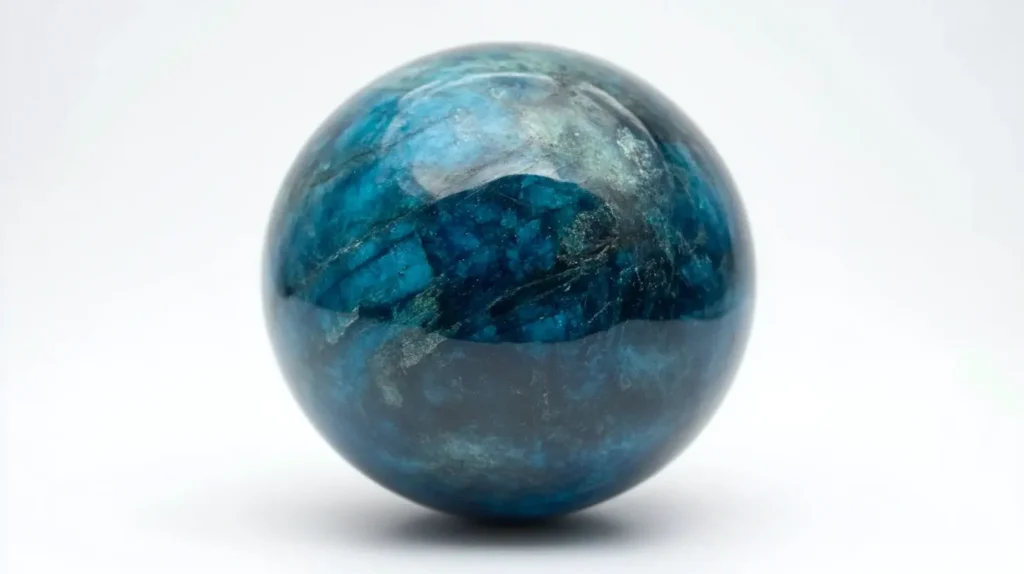
Physical Properties of Apatite Stone
Apatite is part of the phosphate mineral group and commonly rates about 5 on the Mohs hardness scale. So while it may be pretty, it is not ideal for jewelry that will take a lot of impact. But we have to admit that the rich, varied colors of apatite—from deep blues and greens to yellows and purples—make it an incredible gemstone.
A chemically similar mineral, that also contains phosphate, is fluorapatite, which, like apatite, is a major source of calcium in steel and other metal products. Pure calcium phosphate (in the form of hydroxyapatite) constitutes about 70% of the dry weight of human bones and teeth. Physical characteristics of apatite: Color: Colorless, green, yellow, blue, purple, brown, or black. Transparent or opaque. Crystals: Hexagonal crystals are common. Hexagonal bipyramids are prominent. Lustre: Vitreous to greasy. More information is required about its occurrence and habitats.
Probably the best-known variety of apatite is the blue one, revered for its vibrant oceanic color. People tend to use it in all sorts of jewelry-making applications, from making cabochons to beadwork, and in any case where they want to bring a jolt of energizing color to the piece.
Table: Physical Characteristics of Apatite
| Property | Description |
|---|---|
| Mineral Group | Phosphate minerals |
| Hardness (Mohs) | Around 5 |
| Color Range | Colorless, green, yellow, blue, purple, brown, black |
| Crystal System | Hexagonal; hexagonal bipyramids common |
| Luster | Vitreous to greasy |
| Common Varieties | Blue apatite is most popular for jewelry |
| Industrial Usage | Source of calcium for bones, teeth, and industrial metal production |

Apatite Stone Healing Properties and Benefits
If you’ve ever felt creatively stuck or mentally foggy, Apatite might be your perfect energetic ally. A known “stone of manifestation,” it’s said to stimulate the intellect and boost clarity. Many use it during meditation to deepen their connections to their inner voices and goals. It’s also a pretty glorious deep blue. Somehow, it just feels like a good color for clarity.
Some users of the crystal Apatite say it helps them to stop overthinking and fearing judgment. This makes it especially useful, they say, for public speaking or artistic expression. For some, the crystal’s properties are more about motivation than emotional release, but that’s not to say those who use it don’t also talk about being less exhausted afterwards.
In the physical realm, bone health is often associated by holistic practitioners with Apatite due to its composition, which is rich in a form of calcium. While not serving as a stand-in for medicine, Apatite is often employed in conjunction with other crystals to provide energetic support for healing anything involving joints and cartilage.
Here are Apatite’s most commented-about benefits, in very brief form:
You feel like you’re able to connect with higher consciousness in a way that really works for you.
Clearer thinking and better focusing.
Feeling emotionally healed and much more confident than ever.
You feel like your bones and joints are in better shape than ever.
I am feeling more stimulated creatively.

Types of Apatite Stone
Apatite isn’t one stone—it’s a family of many colorful members, each with its own character. The most common types include Blue Apatite, Green Apatite, and Yellow Apatite, but you’ll also find the rarer sorts, like Purple Apatite and Colorless Apatite.
The Blue Apatite is often associated with the throat chakra and is quite popular in meditation practices. It is an aid for communication of all types, and especially for speech and public speaking. People often use the Green Apatite to stimulate growth on both emotional and physical healing levels. It is a powerful stone for anyone who is entering or is already in the healing profession. In a professional capacity, a healer could use Green Apatite while working on a patient.
Common Types of Apatite and Their Associations
| Type of Apatite | Common Color | Chakra Association | Common Use |
|---|---|---|---|
| Blue Apatite | Blue | Throat Chakra | Enhances communication and public speaking |
| Green Apatite | Green | Heart Chakra | Emotional healing, professional healing work |
| Yellow Apatite | Yellow | Solar Plexus Chakra | Manifestation and clarity |
| Purple Apatite | Purple | Third Eye Chakra | Spiritual awareness and insight |
| Colorless Apatite | Clear | Crown Chakra | Purity, connection with higher consciousness |
While each type is chemically similar, they each carry a distinct energy signature. So whether you’re picking an Apatite for its color, its chakra alignment, or simply personal resonance, there’s definitely an Apatite out there for you.

Tips to Cleanse Your Apatite Stone
Similar to other healing stones, Apatite scoops up nearby energies and then radiates them back out, so it is very important to keep it in a clean and energized space. Plus, this gem is not particularly durable (it has a Mohs hardness of just 5), so how do you keep it clean without damaging its fragile structure?
Begin with an uncomplicated process: using sage or palo santo for smudging is safe, and it works well. For about 30 seconds, move the stone in and out of the smoke. Prefer water to smudge? You can give the stone a quick rinse under the faucet with lukewarm running water, but make sure not to expect the stone to dry while still in the basin—that’s known as a soak, and it’s not recommended. Prolonged exposure to the kind of moisture that falling water delivers can ruin a stone’s surface. I should know; I’ve ruined a couple.
Safe Cleansing Methods for Apatite
| Cleansing Method | Description | Notes |
|---|---|---|
| Smudging | Pass through sage or palo santo smoke for ~30 seconds | Safe for all varieties |
| Water Rinse | Brief rinse with lukewarm water under a faucet | Avoid soaking or standing water |
| Moonlight Exposure | Leave under full moon overnight | Gentle and highly recommended |
| Avoid Direct Sunlight | Especially for Blue Apatite | May cause color fading |
Could you suggest another gentle method for cleaning? Another gentle method is cleaning under the moonlight. Leave your Apatite under the full moon overnight. This procedure is one of the safest ways to recharge this crystal without physical wear. Just remember to avoid direct sunlight, especially for Blue Apatite; it can fade with excessive exposure.
Perform a cleansing ritual. When you clear away the old energy, set a new intention for your stone. This strengthens your bond with it and solidifies your association with it in your spiritual practice.

Apatite Stone Meanings in Divination
Clarity, insight, and manifestation are what Apatite stands for in crystal divination. Used in tarot spreads or crystal grids, it very often symbolizes when a person is having an awakening, which is to say, a moment when something has become clear to them—like a light bulb going off in your mind.
People use apatite to find answers when they’re confused. I once sought guidance from a Blue Apatite during a pivotal moment in my career. It gave me unexpected clarity by helping me hear myself during meditation.
Many people who do divination tend to pair Apatite with help-giving stones like Amethyst or Clear Quartz to supercharge the intuitive signals they are receiving. Apatite is a must-have friend to work with in any form of divination when one is seeking guidance of an earthy, solid sort, rather than the kind of ethereal, fluttery type of guidance that one might get when divining with certain other gems and stones.
Apatite Stones and Angels
Apatite, especially in its blue and green forms, has a serene, heavenly quality—a celestial something. Angelic work associates the stone with two powerful archangels. Archangel Michael, the sword-wielding protector of truth, and Archangel Raphael, the healing angel, are the two powerful archangels associated with the stone.
Calling on Archangel Michael with Blue Apatite can give you the ability to commune with him.
You need to have the necessary courage and shield-like protection to be able to face difficult dialogues or win otherwise challenging conversations.
If you wish to communicate with Archangel Raphael about issues related to your mental or physical well-being, might prefer to call on him while holding a piece of Green Apatite. This variety of stones might be best for you if you need an emotional boost towards forgiveness and want to experience the heart-opening kind of renewal.
Similar stones may also evoke a sense of renewal.
Benefiting from these connections doesn’t require you to adhere to a certain doctrine. Just hold your stone and talk to it—have a quiet conversation with the sky!—and you may feel its power. Apatite, for all its potent qualities, is a bridge to nowhere unless you choose to cross it. Whether you go where it leads or remain where you were, it’s a wonderful place to be.

Questions and Answers
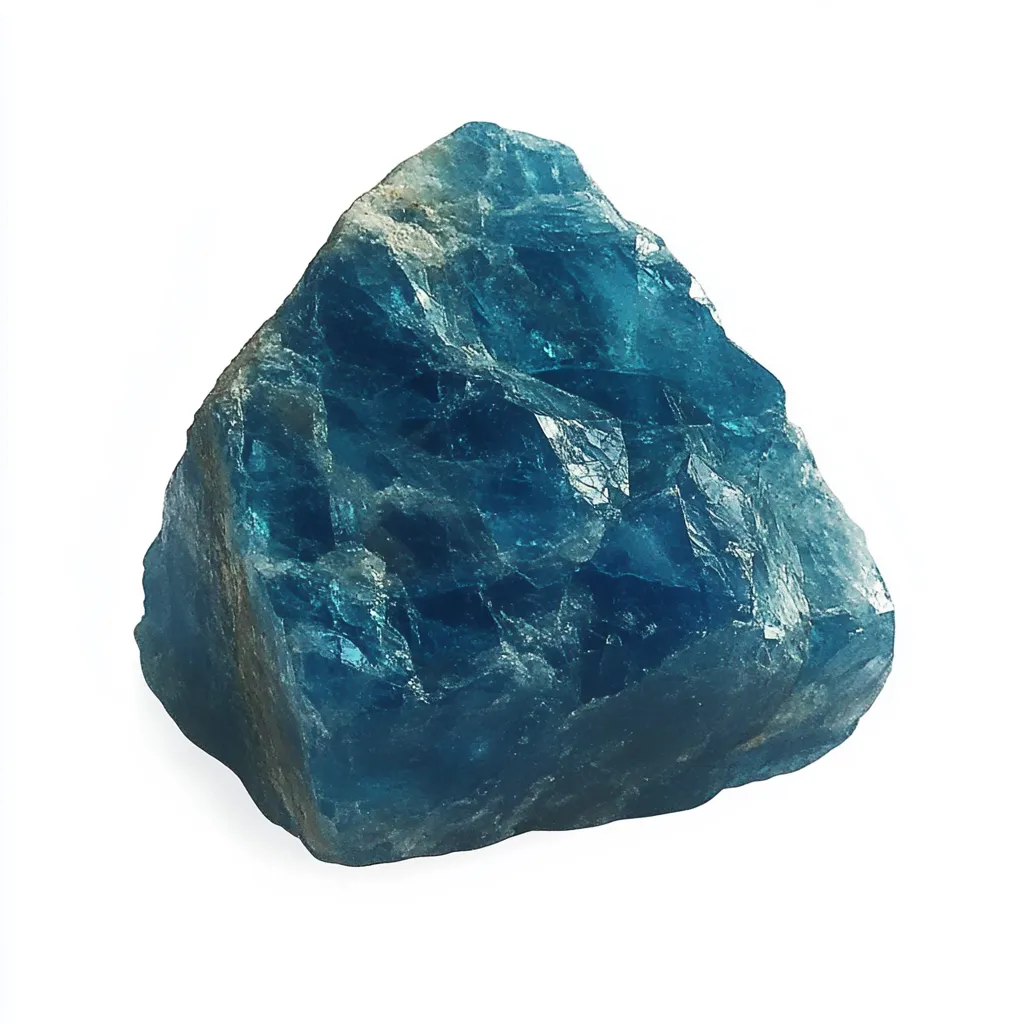
Apatite Stone
Other Details About Apatite
Blue Apatite
The stone of Blue Apatite captures the ocean. It is deep and mysterious, yet surprisingly energizing. The crystal was one of the best to work with when I was trying to boost my focus and motivation during times of mental fatigue. The vibrant blue of the stone looks tropical and seems invigorating. I often use it when working on my communication and self-expression. Whether worn as a stone in my jewelry or placed on a desk, a piece of Blue Apatite lets off a calm yet inspiring vibe that helps cut through distractions. People also believe that the crystal has a strong connection to the throat chakra and can generate a surge of energy from there. Many enthusiasts of crystals love Blue Apatite for its ability to help with really, really personal stuff.
Blue Apatite Key Characteristics
| Property | Description |
|---|---|
| Color | Vibrant oceanic blue |
| Chakra Association | Throat chakra |
| Emotional Benefit | Enhances focus, self-expression, motivation |
| Common Uses | Jewelry, meditation aid, desk decor |
| Energy Vibe | Calm, inspiring, mentally energizing |
Green Apatite
Green Apatite is a comparatively obscure yet potent gemstone linked with abundance and healing from the heart. Unencumbered by the bold charisma of its blue cousin, Green Apatite exudes a softer, more grounding presence. It’s a go-to stone for folks attempting to manifest prosperity and for pretty much anyone trying to get in touch with nature. In my experience, both sedating and propping you up, Green Apatite’s subtle charm is like a long walk up to the entryway of a charming old house: it gradually becomes increasingly appealing the closer you get to it. You creep up slowly, and then—surprise!—you’re in excess mood and ready to kick off some heart-centered projects.
Apatite Pronounce
The term “Apatite” might seem somewhat puzzling at first, but it’s really basic and is commonly pronounced “AP-uh-tight.” The name comes from the Greek apatein, meaning “to deceive,” and fits well since Apatite is commonly confused with various other minerals. I know that during my beginner crystal journey, I didn’t pronounce it correctly for several months—it’s alright if you didn’t either! Apatite is a good gem to start with since its name comes up a lot in discussions of similar minerals.
Apatite Colours
Apatite comes in an absolutely dazzling variety of colors—blue, green, yellow, violet, and even rare neon shades. Each hue holds its own special energy and appeal. For one thing, yellow Apatite is said to stimulate creativity. For another, the violet varieties of Apatite connect more with spiritual pursuits. What I love most is how Apatite’s color diversity is a perfect mirror for our own emotional and spiritual needs. There’s always a shade that seems to really resonate with what you have going on. It’s practically a guarantee! Isn’t it amazing how one single mineral can cover so many different bases?
Apatite Color Variations & Meanings
| Color | Associated Energy or Purpose |
|---|---|
| Blue | Focus, communication, motivation |
| Green | Prosperity, grounding, heart healing |
| Yellow | Creativity, intellectual stimulation |
| Violet | Spirituality, inner vision, intuition |
| Neon Shades | Rare, high-energy spiritual work |
Natural Apatite
Apatite in Nature
Natural Apatite is typically found in its raw, unpolished form—beautiful in its imperfections. Unlike its synthetic siblings, which may look too flawless, natural Apatite carries the energetic signature of the Earth. I once held a piece straight from Madagascar, and it had such an unrefined, powerful presence. Its authenticity, with its slightly rough edges that remain unpolished, attracts collectors and healers alike. When choosing natural stones—especially ones that carry the energy we associate with crystals—it’s essential to source from reputable sellers who offer ethically mined crystals.
Baikal Apatite
The Baikal Apatite refers to a remarkable blue variety found near Lake Baikal, one of the world’s deepest and oldest freshwater lakes (tests indicate that Earth time has not changed in this area for at least 640 million years). The lake and its basin are so geologically rich—filled with wondrous minerals, some of which date back billions of years—that you can only be awed by Baikal Apatite’s exceptional clarity and color. You might say it’s the premier Apatite gem on Earth. It is very limited in supply, making Baikal Apatite even more cherished by collectors.

